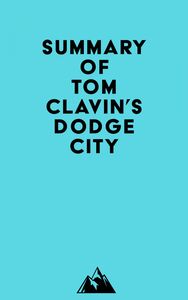
Please note: This is a companion version & not the original book.
Sample Book Insights:
#1 The Industrial Revolution, which was a process of denaturalization, began in the last third of the eighteenth century. The abolition of live workmanship by the division of labor corresponded in terms of materials and energies to the emancipation from the boundaries of nature which occurs when natural materials and energies are replaced by mineral or synthetic ones.
#2 The waterwheel remained the main energy source for England’s manufacturing industry in the eighteenth century. However, following the evolutionary pattern of the Industrial Revolution, the water-wheel was to be aided by a strange intermediate adaptation that pointed the way to mechanization: water-powered factories attempted to end their dependence on seasonally variable water levels by installing the Newcomen engine to pump back the used water.
#3 The first use of the steam engine as a locomotive was in the coal fields around Newcastle in the 1800s. The land between the mines and the river Tyne became covered by a dense network of railways, which were used only to move coal.
#4 The French were unable to perceive coal as an endlessly available fuel because of the physical reality of the concentration of English coal production. It was precisely because of the physical reality of the concentration of English coal production that the English were able to mechanize motive power so easily.Book details
-
Publisher
-
Language
English -
Publication date
-
Theme






